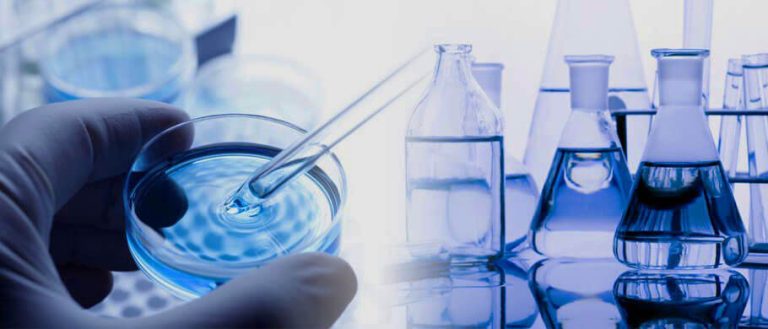In addition to allowing you to know the health of your water, testing can also help you avoid the problems associated with water contamination. For example, some types of bacteria are known to be especially harmful to humans, and you should ensure you test your water for them.
Test for coliform bacteria
You should test your drinking water for coliform bacteria if you are worried about its quality. These are tiny, rod-shaped gram-negative bacterial organisms that are common in nature. They are present in the soil, plants, and the intestines of animals.
Coliforms are a helpful measure of the number of pathogenic microorganisms in your water. Moreover, they can indicate a potential sewage contamination problem.
You should test your water for coliforms to identify the pathogens causing disease in your community. Moreover, it would be best to treat it to eliminate these microbes. An excellent way to do this is by installing a water treatment system.
Check for lead
Hire a business specializing in water testing Manheim Pa if you’re concerned about lead in your water. It’s easy and cost-effective. It is crucial to remember that the results can vary based on the sample’s flow.
You must handle the samples properly if you want the most accurate results. First, take a selection of the water near where you regularly drink. Take the kitchen faucet, for instance. All parts should be washed in cold water.
A unique sample identification number must be written on the sample’s label. A sterile container is also required for the choice.
Check for pH
When you drink water, you want to ensure that it has a pH level of at least 7 to avoid problems with your health. It is because pH levels affect your health, teeth, and even the plumbing system in your home. However, the exact pH can vary from one person to the next.
The main factor determining the pH of a water sample is the number of hydrogen ions (H+) and hydroxyl (OH-) ions. Although the number of H+ and OH- ions in a water sample is not limited to 107, the pH of a water sample will always be close to the neutral point of 7. Water with a pH of 7 or higher is considered to be pure.
Check for sodium
Sodium is an alkali metal with an atomic number of 11. Sodium is an essential element for the normal function of the human body. It is present in all bodily fluids and tissues.
The human body requires sodium to regulate fluid levels. It is also needed for nerve and muscle functions. As a result, it’s critical to understand your body’s salt levels to avoid health problems.
Several medical conditions are associated with high levels of sodium in the blood. Some of the most common symptoms include headaches, nausea, and confusion. If you experience any of these symptoms, you should contact a physician as soon as possible.
Check for radiological contaminants
You should look for radioactive contamination if you want to be sure that your drinking water is secure. There are international standards to help you do this. These include programs, sampling procedures, and guidance levels.
Several types of substances can contaminate your water. They include artificial radionuclides, naturally occurring radionuclides, and radiation from medical facilities and nuclear power plants. All can present health risks.
The guidance level for drinking water is 0.1 mSv/year. It represents a deficient level of risk. However, when the dose exceeds this limit, the national authorities may decide to restrict the drinking water supply.
A higher dose may lead to an emergency exposure situation. An emergency exposure situation can occur due to an accident or an unexpected event.
Test for copper
Copper in water is a real problem that can affect your home and your family. Have your drinking water tested for copper if you suspect there may be a problem.
There are many ways to test for copper in water. One of the easiest is to buy a test kit. It can give you a general estimate of the amount of copper in your drinking water, albeit it is less precise than lab tests.
High levels of copper in water can have many health effects. Besides the apparent symptoms, such as nausea and diarrhea, long-term exposure to copper can cause damage to the liver and kidney functions.

